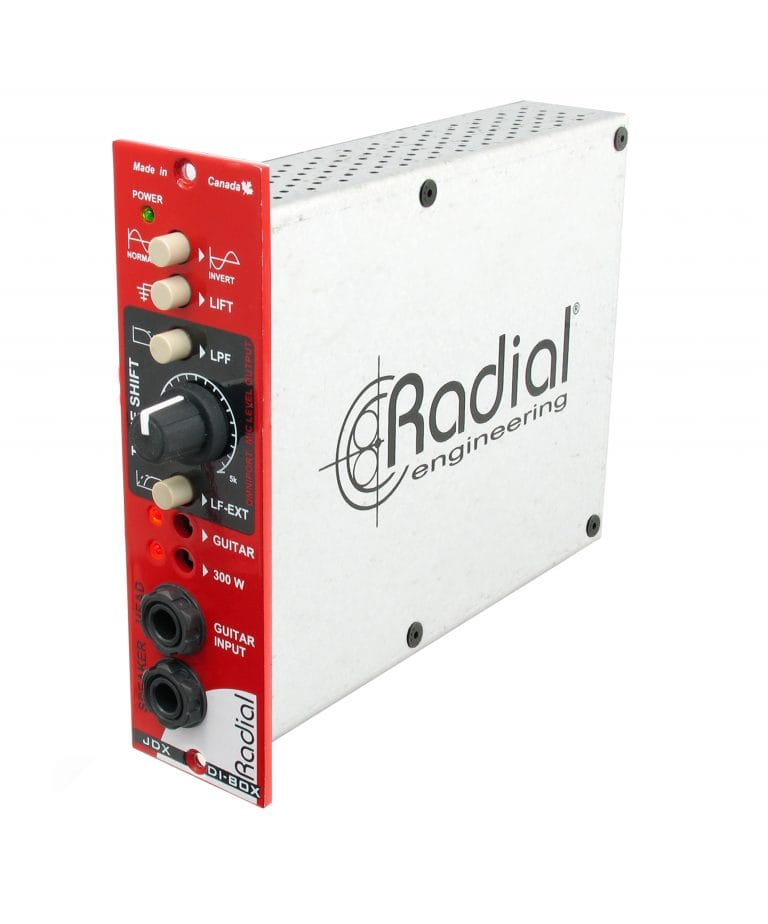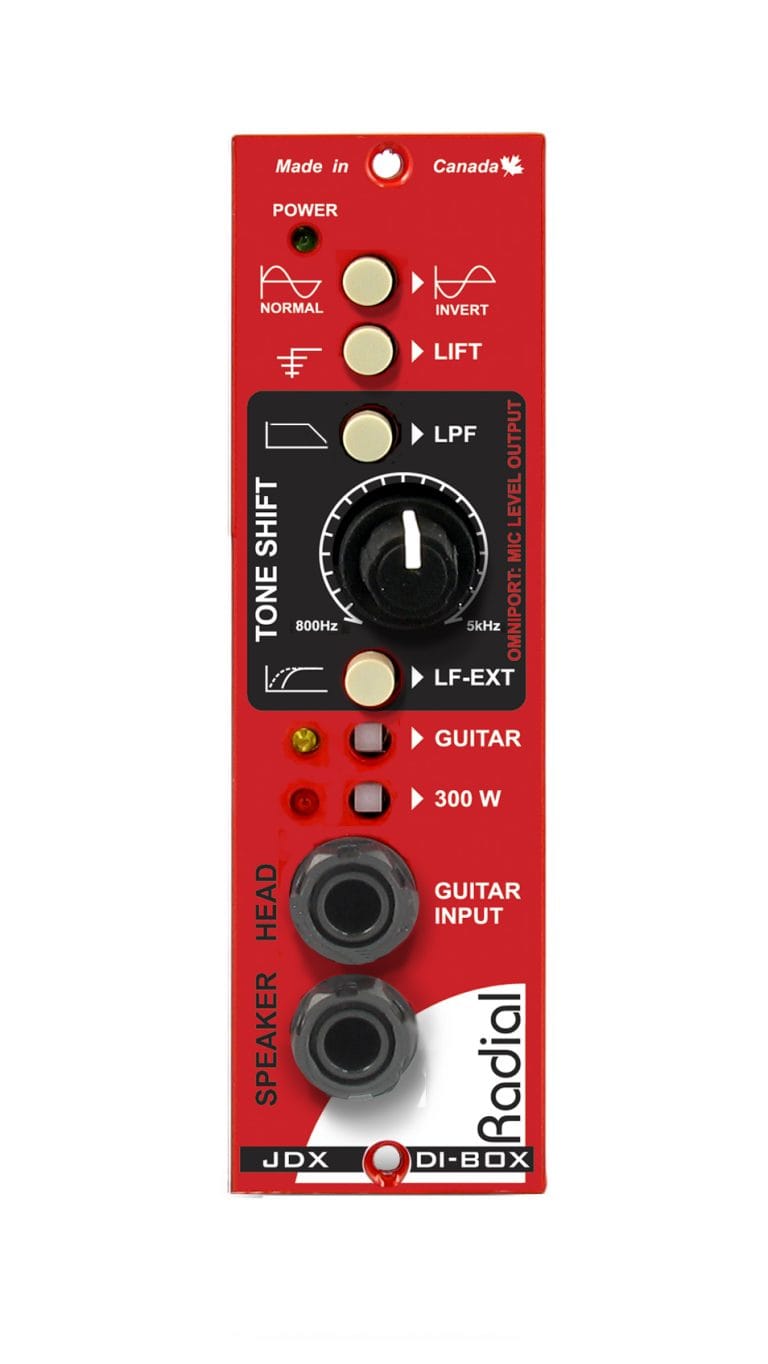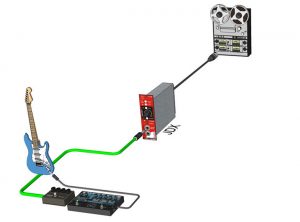If you don't see the question you had in mind here, feel free to enter in the form provided along with your email address so we may send the reply directly to you. Thanks for your participation!
What is the difference between the original JDX and the 500 series version?
The original JDX is very compact and is designed to reside on stage behind the guitar amp. It is more of a set & forget device. The JDX 500 brings more features into action as it will normally reside in the studio and be tweaked as needed. Extras include a high frequency roll off, instrument input, low frequency extension and a line level output to drive a recorder or the Workhorse mix buss.
Can I use the JDX on bass?
Absolutely. Many top bands are now using the JDX for bass as it delivers more mid-range punch and clarity. This is fact is why so many bass amps employ 10″ drivers. The sound of a 15″ driver can sometimes be so bottom heavy that it can get lost in the mix.
Can I use the JDX to record quietly?
Absolutely! This is one of the best aspects of the JDX. Just plug in, add your favourite distortion and you are set to go.
What makes the JDX different from other devices like the Red Box?
The original Red Box is a simple tone filter while the JDX introduces a reactive load before the signal is shaped. The reactive load brings the damping effect of the loudspeaker into play which results in a more natural rendering.
How does the Workhorse compare to the Palmer?
The Palmer uses a light bulb to simulate the sound of a loudspeaker by drawing more current. Although innovative, a loudspeaker does not simply absorb sound, it also produces energy when the coil returns to the resting place. This is called a back-electromagnetic impulse. A light bulb only absorbs energy and converts it into heat (or light). The JDX’s Reactive load is part of the magic. In our view, this sounds more realistic.
Can I use a load box with the JDX instead of a speaker cabinet?
Yes. A load box will basically replace the loudspeaker.
Can I use the JDX to record a dry track for Reamping?
Yes. You can connect a guitar directly into the JDX and record using the XLR line level out or via the Workhorse mix buss. The using page explains the process.
Why can’t I connect a guitar directly into a mixer or mic preamp?
You can, but you will find that the sound is harsh. Adding a distortion pedal in front of it is even worse! This is because guitar amps do not use tweeters and the tone is optimized to bring out the mid range.
Can I take the sound of a keyboard and run it through the JDX to fatten it up?
Absolutely. This is particularly effective if you are trying to capture tones such as Jan Hammer’s lead using a Minimoog or John Lord’s Hammond sound.
What happens if you put a voice track through the JDX?
It will sound ugly. Maybe cool though…
How would you compare the JDX to the sound of digital alternatives?
They are all good. The JDX delivers a more natural feel. Guitarists often complain that digital processors detach them from the instrument. The JDX is analogue.
What kind of cables should I use to connect the JDX?
Always use high quality, heavy gauge (12 to 14 AWG) speaker cable in between the head and cabinet to ensure proper signal flow. Do not use coaxial guitar cables as the wire gauge is too thin for high power amps.










